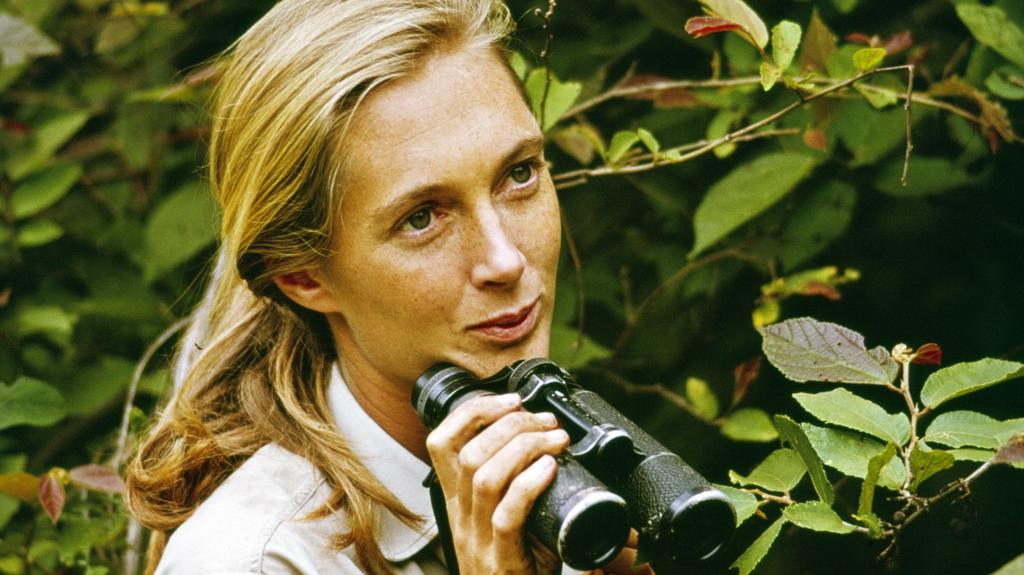She possessed a serene and unwavering commitment to the animals to which she dedicated her life.
In an interview conducted last year, Dame Jane Goodall exuded an aura of calm, even as she emphasized the critical extinction crisis confronting our planet.
During our slightly pixelated video call, her cherished toy monkey, Mr. H, was visible in the background.
This toy, a gift from a friend nearly three decades prior, accompanied Dr. Goodall, then 90 years old, on her global travels.
Researchers who drew inspiration from Dr. Goodall’s work and energy have expressed their shock at her passing at the age of 91.
Professor Cat Hobaiter, from the University of St Andrews, a primatologist with over 15 years of experience studying chimpanzee communication, noted that Dr. Goodall’s impact stemmed from her willingness to “relinquish her cherished time with chimpanzees to tirelessly advocate for their cause across the globe.”
Through her extensive observations of chimpanzees, Jane Goodall revolutionized our understanding of our closest primate relatives.
Her groundbreaking discoveries were rooted in her keen curiosity and exceptional observational skills.
It was during her time at the Gombe Stream Research Centre in Tanzania that she meticulously observed a male chimpanzee foraging.
The chimpanzee selected a twig, modified it by stripping its leaves, and then employed it to extract termites from their nest, subsequently consuming them.
This pivotal observation in 1960 challenged the prevailing notion that tool use was exclusive to humans.
Despite her transformative contributions to our understanding of the natural world, Dr. Goodall faced skepticism and gender bias due to her lack of formal scientific training, an uncommon circumstance in the 1960s.
Her research in Gombe further revealed the presence of strong familial bonds and even territorial warfare among chimpanzees.
However, her close association with the animals, including naming them and referring to them as “my friends,” drew criticism from the predominantly male scientific community.
While lacking formal scientific credentials, she noted that her mentor, Professor Louis Leakey, recognized the value in her unconventional approach.
“He sought someone whose perspective was untainted by the reductionist scientific approach to animals,” she explained.
Now, the scientific community mourns the loss of an eminent scientist.
Adrian Smith, president of the Royal Society, hailed her as “an exceptional scientist who inspired a novel perspective on the natural world.”
Roger Highfield, from the Science Museum in London, which recently awarded Dr. Goodall a fellowship, lauded her as an “inspiration.”
“She was a remarkable figure, and this news is deeply shocking. She fundamentally altered our perception of other species and our understanding of ourselves, challenging the notion of human exceptionalism,” he stated.
In later years, Jane Goodall redirected her focus from chimpanzee research to advocating for nature conservation.
During her interview with BBC Inside Science in 2024, she promoted a tree-planting and habitat restoration initiative undertaken by her foundation in Uganda.
“We still possess a window of opportunity to mitigate climate change and biodiversity loss,” she cautioned, “but that window is rapidly closing.”
Prof. Hobaiter, among the many scientists inspired by Dr. Goodall, emphasized that “Jane would urge us to respond not with grief, but with action.
“We must redouble our efforts to ensure that future generations can coexist with wild chimpanzees.”

